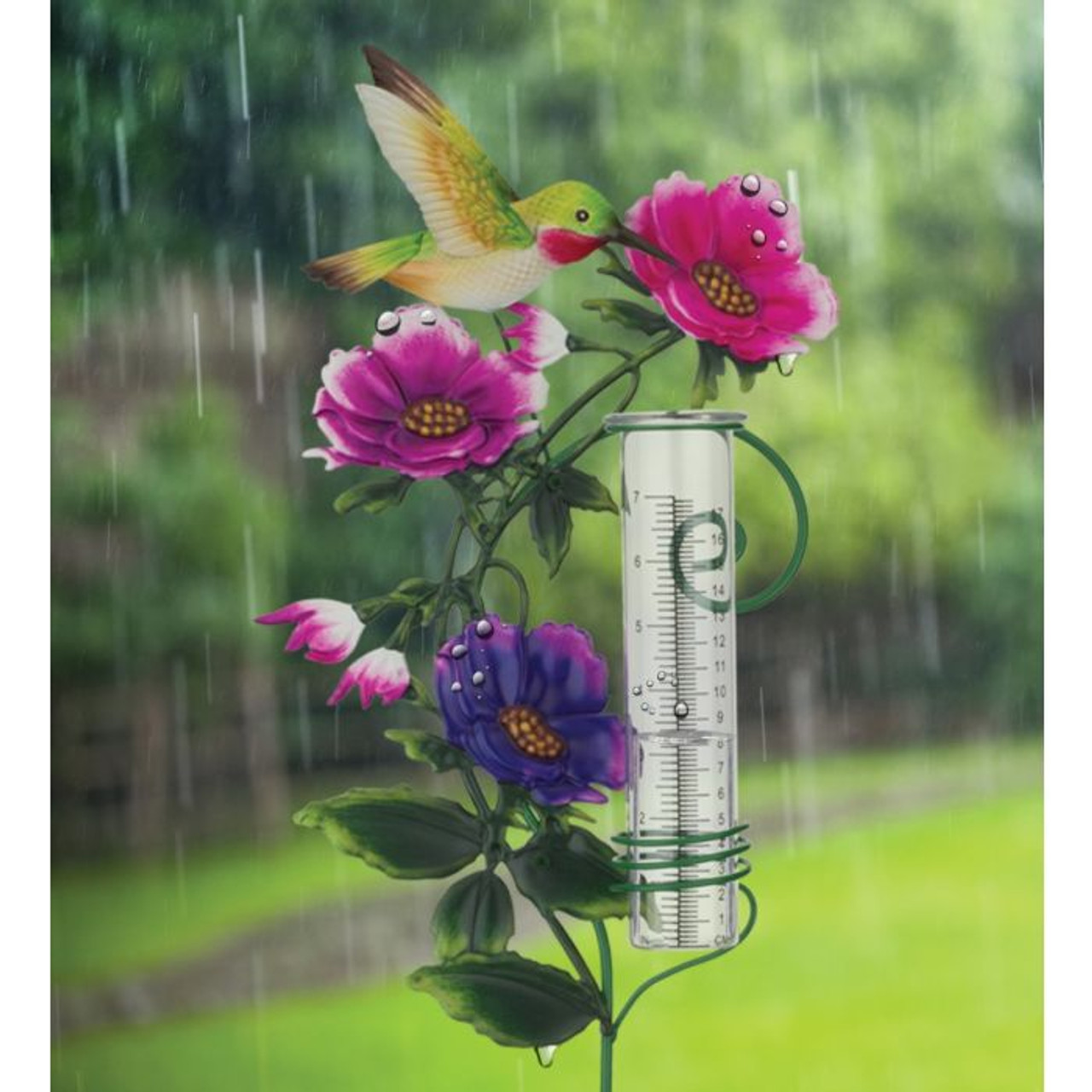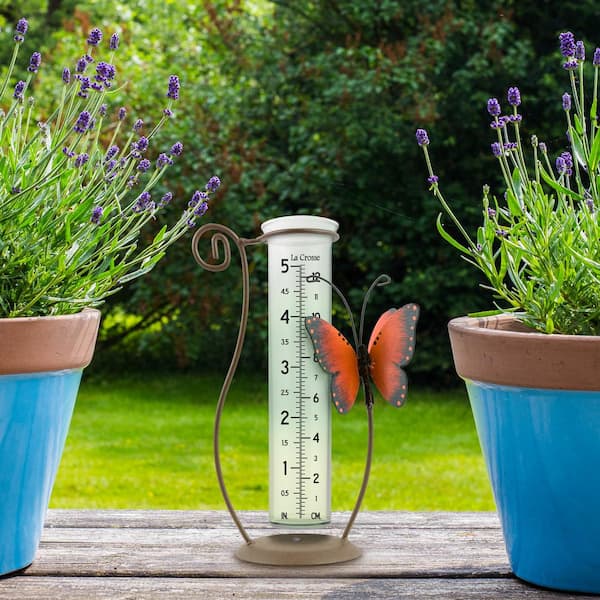The Rain Gauge: Equipping Areas with Precise Rainfall Information
Wiki Article
How to Select the Right Rain Gauge for Accurate Rain Information
To acquire reputable dimensions, it is necessary to choose the best rainfall gauge. Thinking about factors such as area, type, and precision of the rainfall gauge will aid ensure specific information collection. Additionally, recognizing the upkeep and calibration treatments will add to the durability and integrity of your rain gauge.Relevance of Picking the Right Rain Gauge
The relevance of selecting the right rainfall gauge depends on acquiring trustworthy and specific rainfall data for exact atmospheric evaluation. Rainfall data is essential for a large variety of applications, including weather condition projecting, hydrological modeling, and environment research. Undependable or imprecise information can bring about wrong final thoughts and flawed decision-making processes.
Secondly, the accuracy and precision of the rain gauge are critical. The scale needs to be able to determine rains with high precision, capturing even tiny amounts of rainfall properly. It ought to additionally decrease errors because of evaporation, wind, and other ecological variables. Routine calibration and upkeep are important to make sure ongoing accuracy.
Additionally, the place and installation of the rain gauge are critical factors to consider. It should be put in an open area, away from blockages that could impact rains dimensions. The scale ought to be placed at a proper elevation and angle to stay clear of spilling and guarantee correct catchment of rainwater.
Aspects to Take Into Consideration When Selecting a Rainfall Gauge
When choosing a rainfall scale, there are a number of vital variables to consider. There are various types readily available, including common rainfall gauges, tipping bucket rainfall determines, and considering rainfall determines.Another factor to take into consideration is the material of the rainfall scale. Rainfall gauges can be made of various materials, such as plastic, metal, or glass. The product picked need to be resilient and resistant to weather conditions, making sure that the rain gauge will certainly hold up against the components and provide accurate dimensions with time.
Precision is likewise an essential variable to consider. Search for rain evaluates that have actually been adjusted and examined for accuracy. Attributes such as anti-splash rings and funnels can likewise enhance the precision of the dimensions.

Finally, think about the climate and environment in which the rain gauge will be used. Different rainfall determines are suitable for various climates, so it is necessary to pick one that is suitable for the conditions in your area.
Different Types of Rain Assesses Readily Available
To further check out the aspects to consider when choosing a rain scale, it is very important to understand the various kinds of rainfall gauges readily available. There are numerous types of rain evaluates, each with its own advantages and downsides. The most typical kind is the conventional rain scale, likewise referred to as the round rain gauge. This type is composed of a straight-sided cylindrical container with a funnel-shaped top. It is simple to utilize and supplies precise dimensions of rains.Another kind of rain gauge is the tipping pail rainfall scale. This scale utilizes a seesaw-like device to accumulate and gauge rains. As the rainfall falls under the scale, it fills up one side of the pail, triggering it to tip and clear the water. The variety of ideas is counted digitally to identify the quantity of rains. Tipping bucket rain gauges are popular for their accuracy and capability to determine rainfall intensity.
A third type of rain gauge is the evaluating rainfall scale. As the rain drops right into the explanation scale, it is gathered in a container attached to a balance.
Finally, there are also remote rainfall determines that use advanced innovation to measure rains (The Rain Gauge). These evaluates use sensors dig this and transmitters to send out information wirelessly to a main system. Remote rainfall gauges are hassle-free for keeping track of rains in hard-to-reach locations or for large-scale data collection
Exactly How to Figure out the Accuracy of a Rain Scale
One method to evaluate the accuracy of a rain scale is by carrying out regular calibration measurements. Calibration involves contrasting the readings of a rainfall gauge to a conventional dimension, such as a qualified rainfall scale or a weather station with high accuracy. By contrasting the dimensions, any type of discrepancies or errors in the rainfall scale can be identified and represented.To carry out a calibration measurement, begin by collecting rains information from both the rainfall scale and the typical measurement device over a certain period, such as a month. Contrast the readings and calculate the difference in between them. This difference is understood as the calibration mistake.
It is essential to keep in mind that calibration measurements need to be executed regularly, as environmental aspects, such as temperature level, debris, and wind, can affect the accuracy of the rain gauge in time. By performing routine calibrations, any kind of modifications in the precision of the rainfall scale can be detected and modifications can be made accordingly.
In enhancement to calibration, it is also recommended to tidy and keep the rainfall scale frequently to guarantee its accuracy. Eliminate any type of particles or obstructions that might influence the accuracy of the dimensions, and look for any indicators of damages or use that may call for repair services or replacement.
Tips for Maintaining and Adjusting Your Rainfall Scale
Routine upkeep and calibration are crucial for guaranteeing the precision and integrity of your rainfall scale in determining rainfall information (The Rain Gauge). By adhering to a couple of simple you could try this out ideas, you can guarantee that your rainfall gauge is appropriately maintained and calibratedFirstly, it is necessary to clean your rain scale on a regular basis to stop any particles or dust from obstructing the rain collection system. Make use of a moderate cleaning agent and a soft brush to gently clean the within and beyond the scale. Wash it thoroughly with clean water and enable it to dry totally before re-installing it.
Secondly, it is advised to calibrate your rainfall gauge at least yearly. Calibration entails contrasting the measurements of your rainfall gauge with those of a trusted and exact referral gauge. This will help you identify and deal with any kind of possible errors in your rainfall gauge's dimensions.
To adjust your rain gauge, accumulate a known quantity of water making use of a gauging container and contrast it with the dimensions videotaped by your rainfall gauge. Readjust the readings appropriately to make certain accuracy.

Verdict
Finally, picking the appropriate rain gauge is important for acquiring exact rainfall information. When choosing a rainfall scale, elements such as budget plan, function, and area must be taken into consideration. There are different types of rain determines readily available, each with their very own benefits and constraints. It is crucial to on a regular basis preserve and adjust your rain scale to guarantee its accuracy. By adhering to these guidelines, accurate rains information can be gotten for different applications.There are various kinds available, including conventional rainfall assesses, tipping bucket rainfall evaluates, and considering rainfall evaluates.To additionally discover the factors to consider when picking a rain gauge, it is essential to comprehend the different kinds of rain assesses available. The most typical type is the basic rain gauge, likewise known as the cylindrical rain scale.Another kind of rainfall scale is the tipping pail rainfall gauge. Calibration entails contrasting the analyses of a rain gauge to a typical dimension, such as a qualified rain scale or a climate station with high accuracy.
Report this wiki page